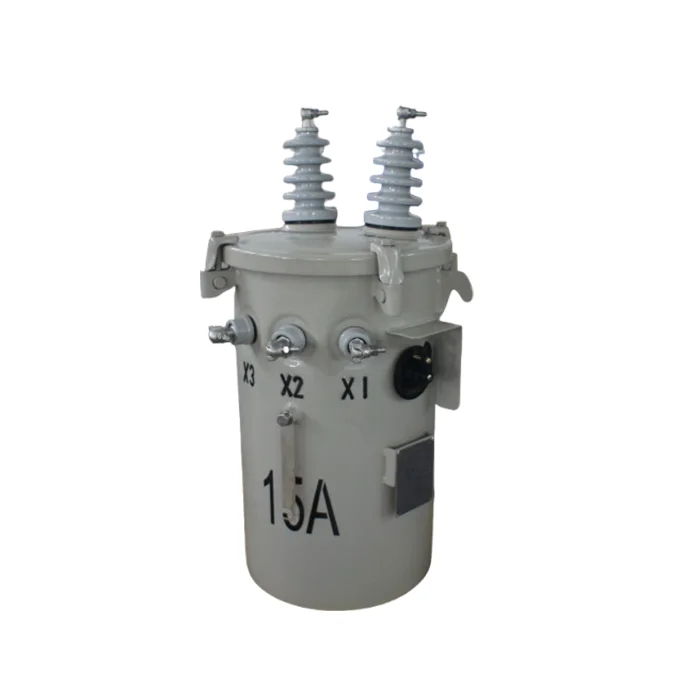Maintaining a clean and hygienic kitchen is essential for a healthy living environment. Kitchen cabinets, being a prominent feature, require regular cleaning to remove grease, dirt, and stains. In this blog post, we will delve into the world of kitchen cabinet cleaning and explore the chemicals that are commonly used for this purpose. By understanding the chemistry behind these cleaning agents, you can ensure effective and safe cleaning practices for your kitchen cabinets.
- The Role of Surfactants:
Surfactants play a crucial role in kitchen cabinet cleaning. These chemical compounds have both hydrophilic (water-attracting) and hydrophobic (water-repelling) properties, allowing them to break down grease and dirt effectively. Common surfactants used in cabinet cleaners include alkyl sulfates, alkyl ethoxylates, and alkylphenol ethoxylates. These compounds help to emulsify and suspend the dirt particles, making them easier to remove. - Solvents for Stubborn Stains:
Stubborn stains on kitchen cabinets often require the use of solvents. Solvents are capable of dissolving or dispersing substances that are not easily removed by water alone. Isopropyl alcohol, commonly known as rubbing alcohol, is a popular solvent used in cabinet cleaners. It effectively removes tough stains like ink, grease, and adhesive residues without damaging the cabinet surface. - Acidic Cleaners for Grease Removal:
Grease buildup is a common issue in kitchen cabinets, especially near cooking areas. Acidic cleaners, such as citric acid or acetic acid (vinegar), are effective in cutting through grease and removing stubborn residues. These cleaners work by breaking down the fatty acids present in grease, making it easier to wipe away. However, it is important to use acidic cleaners with caution, as prolonged exposure can damage certain cabinet materials. - Mild Abrasives for Deep Cleaning:
For deep cleaning and removing ingrained dirt or stains, mild abrasives can be used. Baking soda, a natural and gentle abrasive, is often combined with other cleaning agents to create a paste. This paste can be applied to the cabinet surface and gently scrubbed to remove tough stains without scratching the material. However, it is crucial to test the abrasive on a small, inconspicuous area before applying it to the entire cabinet surface.
Conclusion:
Cleaning kitchen cabinets involves a careful selection of chemicals that can effectively remove dirt, grease, and stains without causing damage. By understanding the chemistry behind these cleaning agents, you can make informed choices and ensure the longevity of your cabinets. Remember to always follow the manufacturer's instructions and test any new cleaning product on a small area before proceeding. With the right chemicals and proper cleaning techniques, your kitchen cabinets will shine and remain in pristine condition for years to come.










+ There are no comments
Add yours